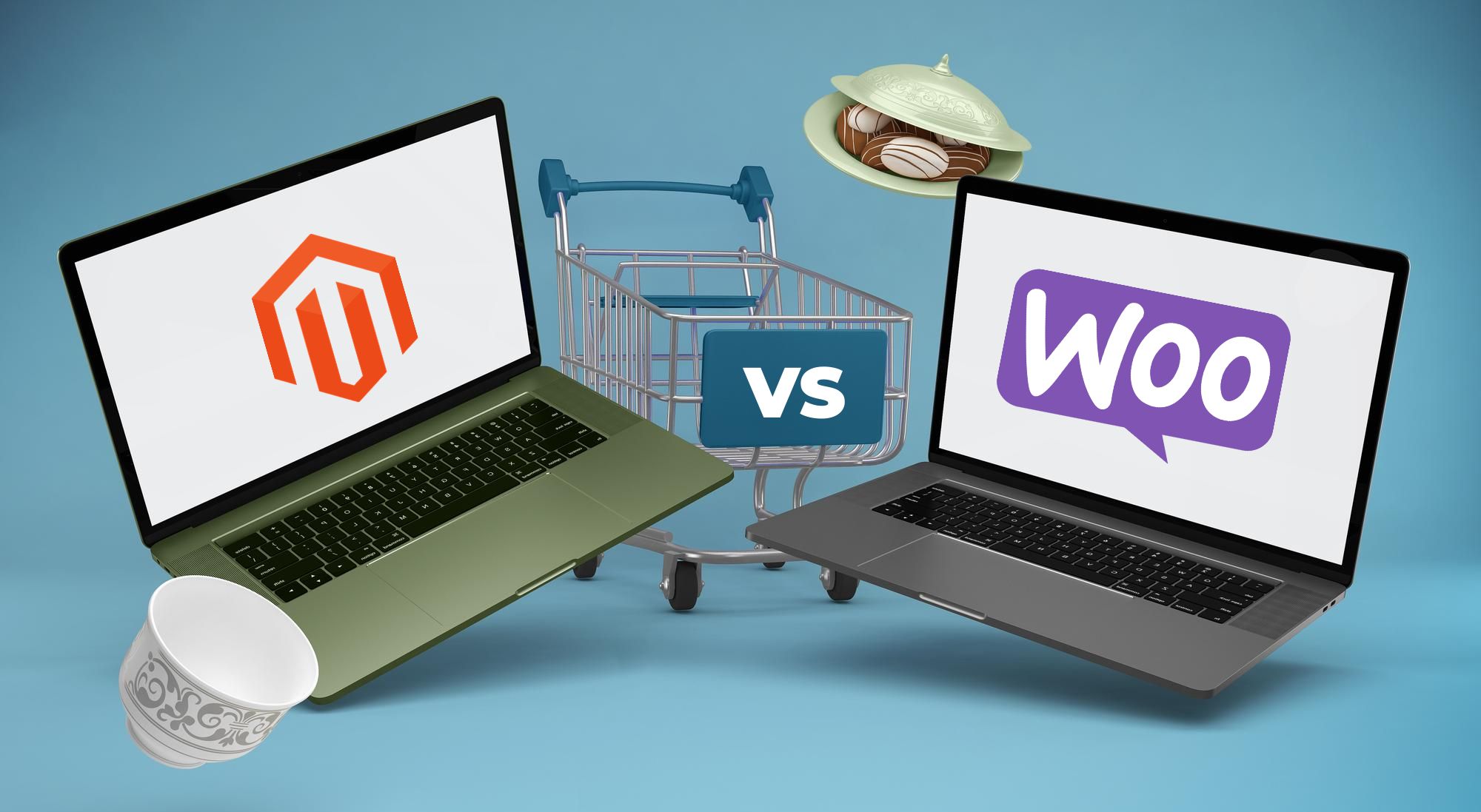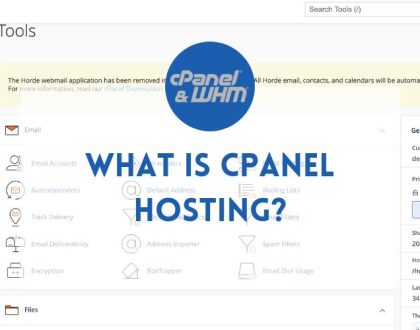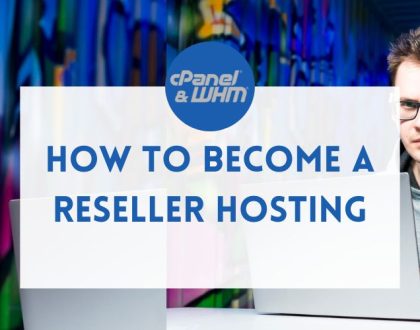WooCommerce vs. Magento: How to Choose the Right E-Commerce Platform

Introduction
Selecting the ideal e-commerce platform is a pivotal decision for online businesses. Two leading contenders in the e-commerce realm are WooCommerce and Magento. Both offer robust features and capabilities, but choosing between them requires a comprehensive understanding of your business needs, goals, and resources. In this blog post, we’ll dive deep into the WooCommerce vs. Magento debate, equipping you with the knowledge needed to make an informed decision.
- Business Size and Scalability
The first factor to consider is the size of your business and its growth potential. WooCommerce, a plugin for WordPress, is an excellent choice for small to medium-sized businesses. Its simplicity and ease of use make it accessible for those with limited technical expertise. However, it may struggle to meet the demands of larger enterprises.
Magento, on the other hand, shines in the enterprise sector. Its scalability and robustness make it a go-to choice for businesses with complex needs and high traffic volumes. Keep in mind that Magento’s advanced features come at a higher cost, which may not be suitable for smaller budgets.
- Customization and Flexibility
Both WooCommerce and Magento offer a high degree of customization, but they do so differently. WooCommerce is known for its vast library of plugins and themes, making it easy to extend and modify your online store’s functionality. This is especially useful if you want to maintain control over your website without extensive coding.
Magento, conversely, offers an unparalleled level of flexibility. It’s built for developers who want to create highly customized and unique e-commerce experiences. If you have a substantial budget and a specific vision for your online store, Magento can bring that vision to life.
- User-Friendliness and Learning Curve
WooCommerce has a reputation for being user-friendly. Its integration with WordPress means that many users are already familiar with its interface. If you’re looking for a quick setup and easy management, WooCommerce may be the better choice.
Magento, on the other hand, has a steeper learning curve. Its advanced features and capabilities require a more technical understanding. However, this complexity can lead to a more powerful and tailored e-commerce solution, given the right expertise.
- Cost Considerations
Cost is a critical factor in the WooCommerce vs. Magento debate. WooCommerce is an open-source platform, which means it’s free to use. However, you’ll incur costs for hosting, premium themes, and essential plugins, depending on your needs.
Magento offers both a free open-source version (Magento Open Source) and a paid enterprise edition (Magento Commerce). While the open-source version is free, the enterprise edition can be quite expensive, with pricing based on your business’s size and requirements.
- SEO and Marketing Features
Both platforms are SEO-friendly, but WooCommerce often requires additional plugins to optimize your site fully. Magento, on the other hand, offers a more robust set of SEO features out of the box, making it a preferred choice for larger businesses with advanced SEO needs.
Additionally, both platforms support various marketing features, including email marketing, analytics, and integration with third-party marketing tools. Your choice should align with your specific marketing strategies and requirements.
Conclusion
Choosing between WooCommerce and Magento is not a one-size-fits-all decision. It depends on your business’s size, budget, technical expertise, and long-term goals. To summarize:
- WooCommerce is an excellent choice for small to medium-sized businesses with limited budgets and technical expertise.
- Magento is the go-to platform for large enterprises with complex e-commerce needs and the resources to invest in customization and scalability.
Ultimately, it’s essential to evaluate your unique requirements and conduct thorough research or seek expert advice before making your decision. Both platforms have their strengths and can be powerful tools for building successful e-commerce ventures when used in the right context.
Recent Posts

What Is cPanel Hosting and How It Can Benefit You?
September 22, 2023

How to Start Your Own Reseller Hosting Business
September 20, 2023

Everything You Need to Know About VPS Servers
September 20, 2023





